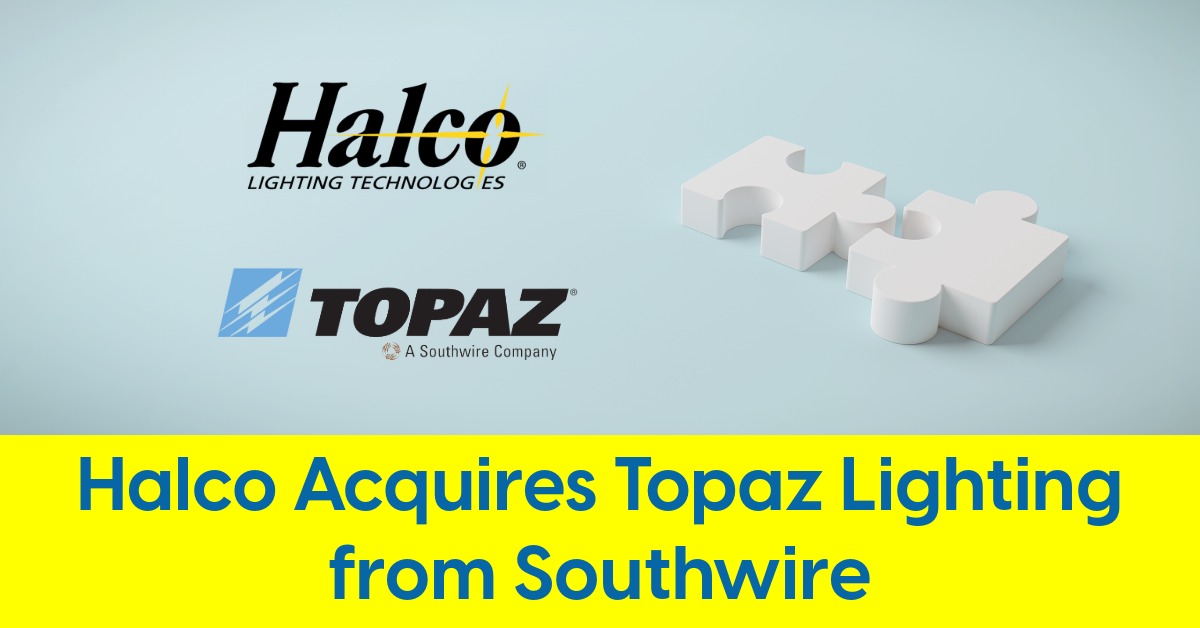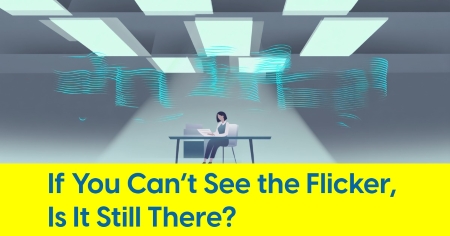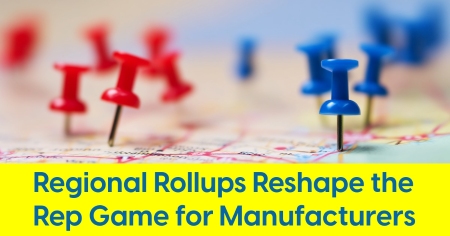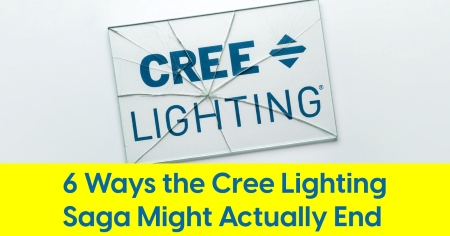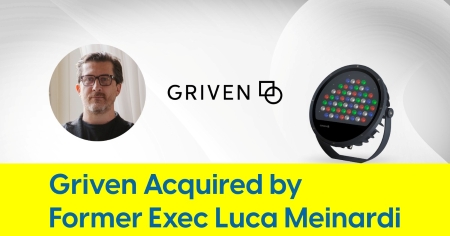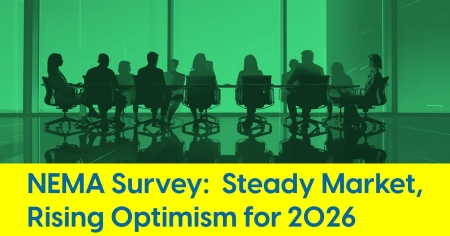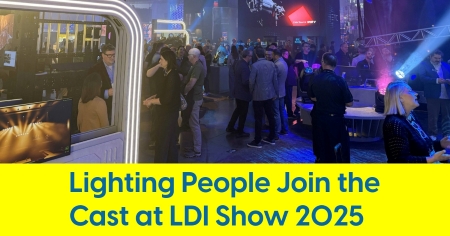April 14, 2025
No, LEDs Are Not Exempt From China Tariffs

Consumer electronics exemptions exclude lighting components, but some controls parts get relief
For a brief, shining moment, it looked like lighting products might hitch a ride on tariff relief meant for tech giants.
On Friday, April 11, the Trump Administration issued clarifications to frequently changing tariff policies — carving out critical tariff exemptions for smartphones, computers, and a laundry list of consumer electronics. It was a welcome relief for tech giants like Apple, Nvidia and Dell, whose supply chains are deeply tied to Asia. Bare integrated circuits? Exempt. Bluetooth chips? Exempt. Smartphones, modems, flash drives? All spared from the tariff hammer that’s fallen on so many other Chinese imports.
And that’s where the hope crept in.
After all, LEDs are light emitting diodes. And diodes — real diodes — are explicitly exempt under the tariff order, right there in Annex II. The semiconductor exemptions read like a greatest hits list of electronics: processors, microcontrollers, memory chips — all safe.
It would be easy — maybe even tempting — for a lighting person, staring down a spreadsheet of Harmonized Tariff Schedule (HTS) codes, to ask: "Aren’t LEDs semiconductors too? Aren’t they just diodes that light up?"
And then comes the second glimmer of false hope: a COB — Chip on Board — surely the name itself is a clue. C is for Chip, after all. And chips are getting exemptions. So shouldn’t a COB be able to ride along on that semiconductor gravy train?
Unfortunately for the lighting industry, that logic meets a hard stop in the fine print of U.S. trade law.
Because while the April 11 clarifications brought a reprieve for phones and processors, they did not extend that kindness to lighting. Not to LEDs. Not to modules. Not to COBs. The exclusions were laser-focused on computing and communications technology — not illumination.
If LEDs Are Semiconductors, Why Aren’t They Exempt?
Look closely enough at the tariff exemption list, with its dense grid of HTS codes and frequent references to semiconductor devices, and it’s easy to see how a misconception takes hold.
Numerous semiconductor components are exempt. LEDs are semiconductors. They’re made from the same materials — gallium nitride, indium phosphide — and classified in the same 8541 tariff chapter as diodes, transistors, and other exempt devices. But here's why LEDs are not exempt:
1. Explicit Exclusion in the Tariff Language
The clearest signal comes right from HTS 8541.10.00 — one of the exempted codes. It reads: “Diodes, other than photosensitive or light-emitting diodes.”
That phrase is a deliberate exclusion from the HTS code.
2. The Missing Exclusion
LEDs for general illumination are classified under HTS 8541.41.00 — and this code is not in the Trump Administration's exemption list.
The list sweeps up dozens of other semiconductor devices but pointedly leaves out LEDs.
3. Specific Product Rules
Even if you’re importing lighting components in some semi-raw form — a module, a COB, or a driver — customs will look at the final function. If it’s destined for lighting systems use no exemption seems to apply.
As the Presidential clarification memo dated April 11, 2025, explains, “semiconductors” means specific classifications only — not all semiconductor-based devices.
Lighting products, especially LEDs used for illumination, simply don’t make the cut.
A Glimmer of Good News For Some Controls Components
It’s not all disappointing news.
While LEDs and lighting assemblies remain squarely in tariff territory, there is a sliver of relief tucked into the latest exemptions — but only if you know where to look.
Specifically, certain components commonly used in lighting controls — the brains, sensors, and communication chips inside wall stations, controllers, occupancy sensors, and smart luminaires — appear to have escaped the tariff hike.
It all comes down to how U.S. Customs classifies these parts: not as lighting components, but as semiconductor devices essential to electronics and communication technology.
Three HTS codes in particular matter here.
- HTS Code 8542 covers integrated circuits — and it's broad. Microcontrollers, memory devices (like DRAM, SRAM, EEPROM), and RF transceivers all fall under this heading. These are the workhorse chips often used in smart lighting controls: storing schedules, processing occupancy signals, or enabling wireless communication over Bluetooth mesh or Zigbee.
- HTS Code 8541.30.00 tells a similar story. While 8541 is the same section that excludes LEDs from exemption, it also includes other semiconductor components like thyristors, diacs, and triacs — mainstays in phase-cut dimmers and legacy analog, line-voltage, wallbox controls.
- HTS 8541.49.xx covers photosensitive semiconductor devices — such as photodiodes and phototransistors. These components detect light and are commonly used in photocells for daylight harvesting or dawn-to-dusk lighting controls. And yes, they’re exempt from the tariffs too.
The catch? Once any of these components are embedded in a fully assembled control device, the product is classified by its final function, not its parts list. Loose chips? Safe. Finished modules or products? Tariffed.
The Takeaway for Lighting People
The April 11 tariff exemptions offer real relief but mostly for consumer electronics, not illumination.
Certain components used in lighting controls — microcontrollers, memory chips, RF transceivers and light-detecting sensors — fall within the protected semiconductor categories. For controls manufacturers importing those parts in loose form, that’s good news.
But LEDs are a different story. Modules, COBs, drivers, and assembled fixtures remain outside the scope of the exemptions. Not by accident — by design.
Lighting products didn’t get caught in the margins of tariff policy. They were left out on purpose.
For lighting manufacturers and importers, the path forward is clear enough: plan for tariffs, price accordingly, and don’t expect a policy reversal anytime soon.

